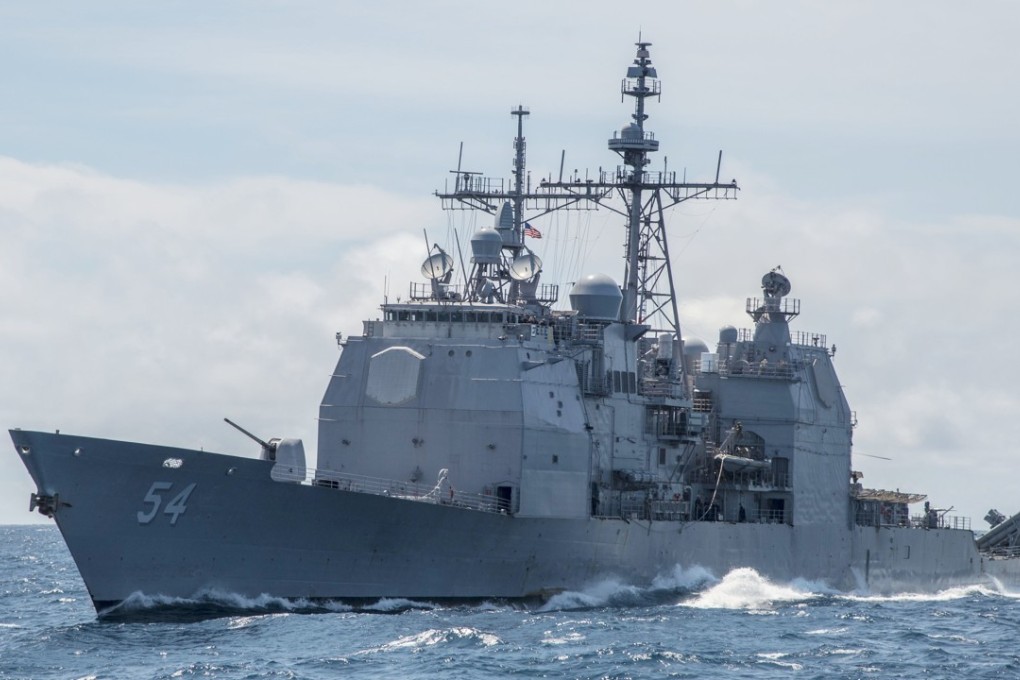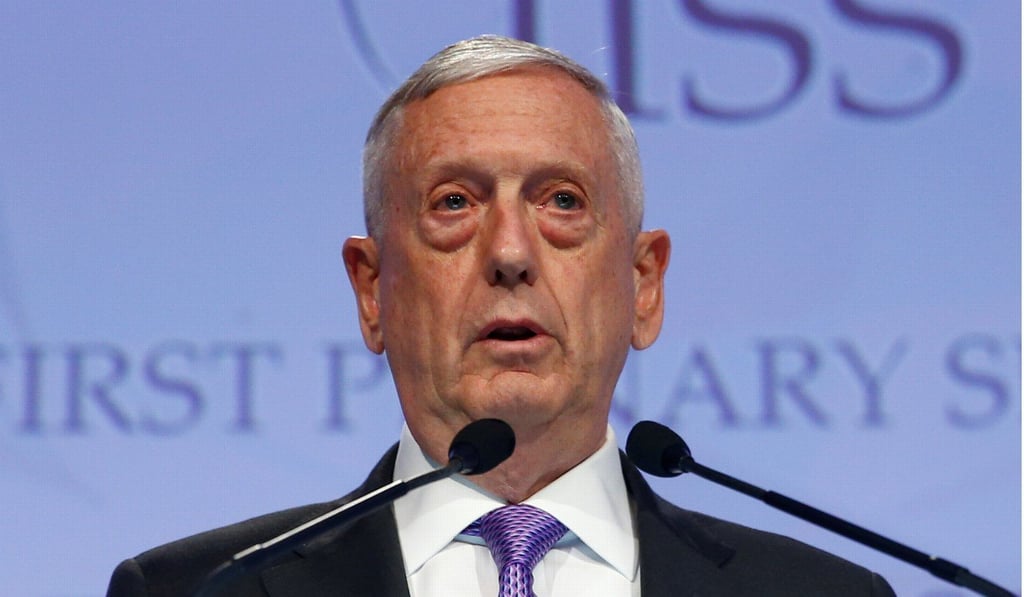Can China, United States prevent a war of words over South China Sea becoming a military storm?
After a turbulent few weeks in the maritime region, defence officials at the Shangri-La Dialogue in Singapore will be hoping to find some calmer waters

In the days leading up to the annual Shangri-La Dialogue in Singapore, which brings together top defence officials from across the Asia-Pacific region, the United States noticeably turned up the heat on China in the South China Sea.
Consider that in recent weeks, we’ve seen the first US freedom of navigation operation (FONOP) to incorporate two warships. USS Antietam and USS Higgins recently protested against China’s straight baselines around the Paracel Islands and its demands of prior notification for innocent passage transits.
The operation came on the heels of the US Department of Defence deciding that twice would be enough for the PLA Navy’s participation in the multinational Rim of the Pacific naval exercises, which are held every two years. China’s navy took part in 2014 and 2016, but won’t this year after Washington pulled its invitation on account of Beijing’s militarisation of disputed features in the South China Sea.
US will keep confronting Beijing in the South China Sea, Defence Secretary Jim Mattis vows
To top matters off, this week, US Secretary of Defence James Mattis oversaw a symbolic renaming of the US Pacific Command to the US Indo-Pacific Command. The shift in nomenclature underlines the emergence of a singular strategic space encompassing the Indian Ocean and the Pacific Ocean – not only in Washington, but also in New Delhi, Tokyo and Canberra.

Admiral Harry Harris, the outgoing commander of what is now the US Indo-Pacific Command, said on Wednesday that China’s “dream of hegemony in Asia” was the greatest long-term challenge facing the United States in Asia. Harris’ words weren’t exceptional for this administration, which defined China explicitly as a “revisionist” power in its National Security Strategy and National Defence Strategy documents, released in December.
In sum, we’re beginning to see the military-to-military relationship between the United States and China head for turbulent waters in 2018 – catching up with and mirroring aspects of the Trump administration’s economic policy towards China. Even as the Trump administration increased the operational tempo of its FONOPs in 2017, it did not make calling out Chinese behaviour in the South China Sea a priority.